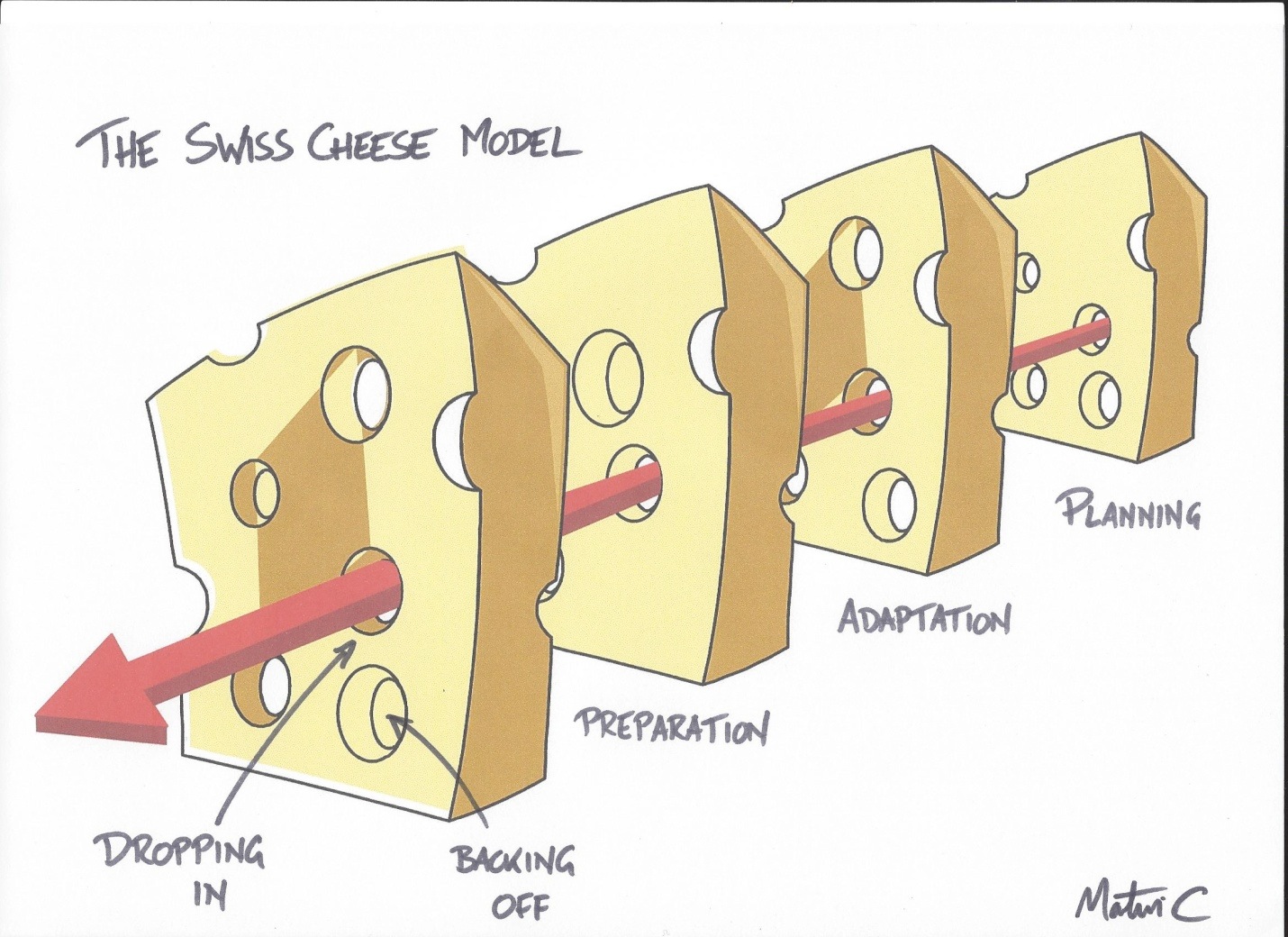
Supervisory Violations: The willful disregard for existing rules, regulations, instructions, or standard operating procedures by managers or supervisors during the course of their duties. Planned Inappropriate Operations: Management and assignment of work, including aspects of risk management, staff assignment, work tempo, scheduling, etc.įailed to Correct Known Problem: Instances in which deficiencies among individuals or teams, problems with equipment, or hazards in the environment, are known to the supervisor yet are allowed to continue unabated.
#Swish cheese professional
Inadequate Supervision: Oversight and management of personnel and resources, including training, professional guidance, and engagement. Resource Management: Support provided by senior leadership to accomplish the objectives of the organization, including the allocation of human, equipment/facility, and monetary resources. Operational Process: How an organization plans to accomplish its mission, as reflected by its strategic planning, policies/procedures, and corporate oversight. Organizational Culture: Shared values, beliefs, and priorities regarding safety that govern organizational decision-making, as well as the willingness of an organization to openly communicate and learn from adverse events.

When holes across each level of the system line up, they provide a window of opportunity for an accident or patient harm event to occur. Absent or failed barriers at each level are represented as holes in the cheese (hence the cheese is “Swiss”).

For example, each level within the model is often shown as an individual layer or slice of cheese. Today, most people refer to Reason’s theory as the “Swiss Cheese Model” because of the way it is typically depicted (See Figure 1). Reason used the term “active failures” to describe factors at the Unsafe Acts level, whereas the term “latent failures” was used to describe unsafe conditions located higher up in the system.

These levels can best be described as Unsafe Acts, Preconditions for Unsafe Acts, Supervisory Factors, and Organizational Influences. According to Reason, accidents within most complex systems, such as healthcare, are caused by a breakdown or absence of safety barriers across four levels within a sociotechnical system. The Theory of Active and Latent Failures was proposed by James Reason in his book, Human Error.


 0 kommentar(er)
0 kommentar(er)
